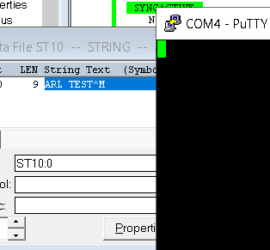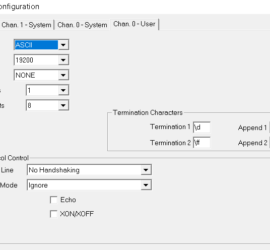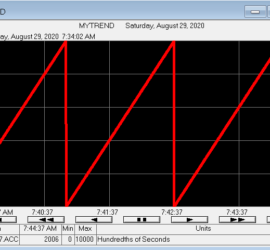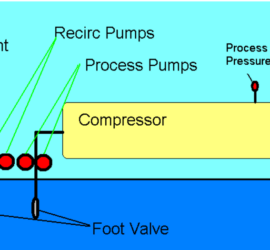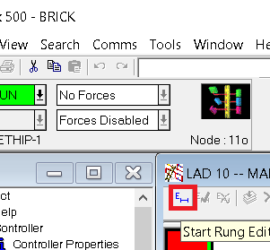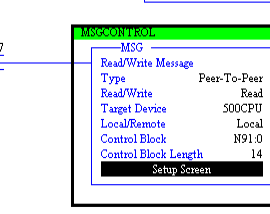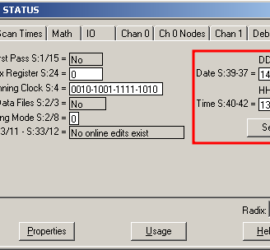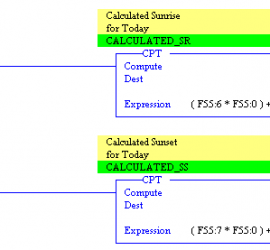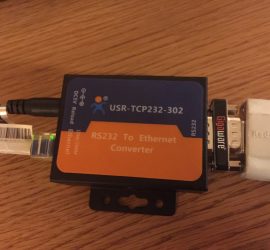SLC-500 ASCII Read Line (ARL) 2
Introduction to the SLC-500 ASCII Read Line (ARL) We use the SLC-500 ASCII Read Line (ARL) to read ASCII data from the serial port. Particularly, this might be from a bar code reader, weigh scale, or RFID reader. Basically, we will just execute the ARL instruction every second, to see Read More »

